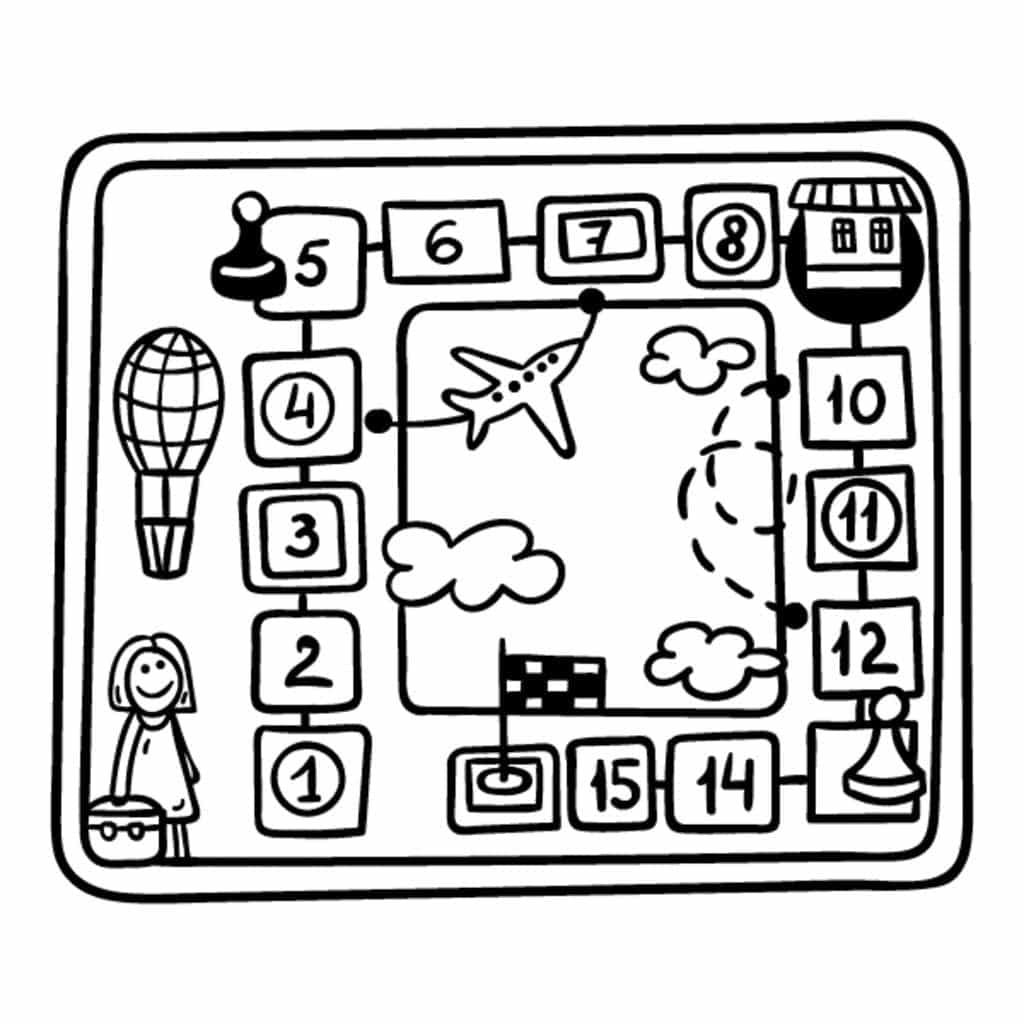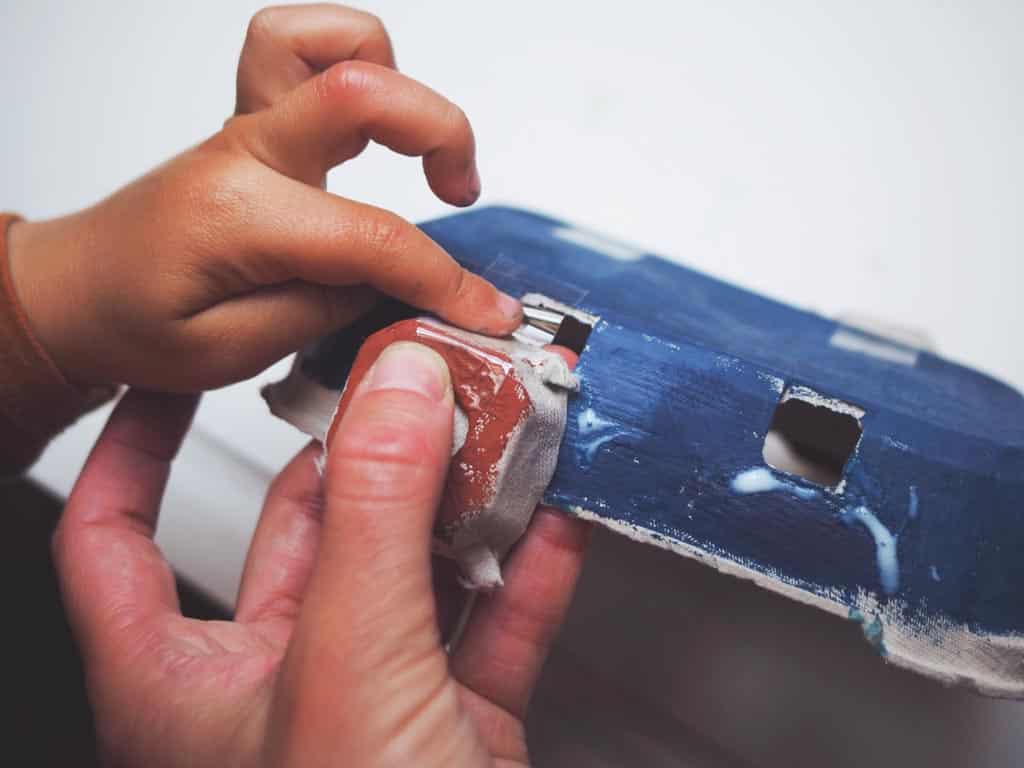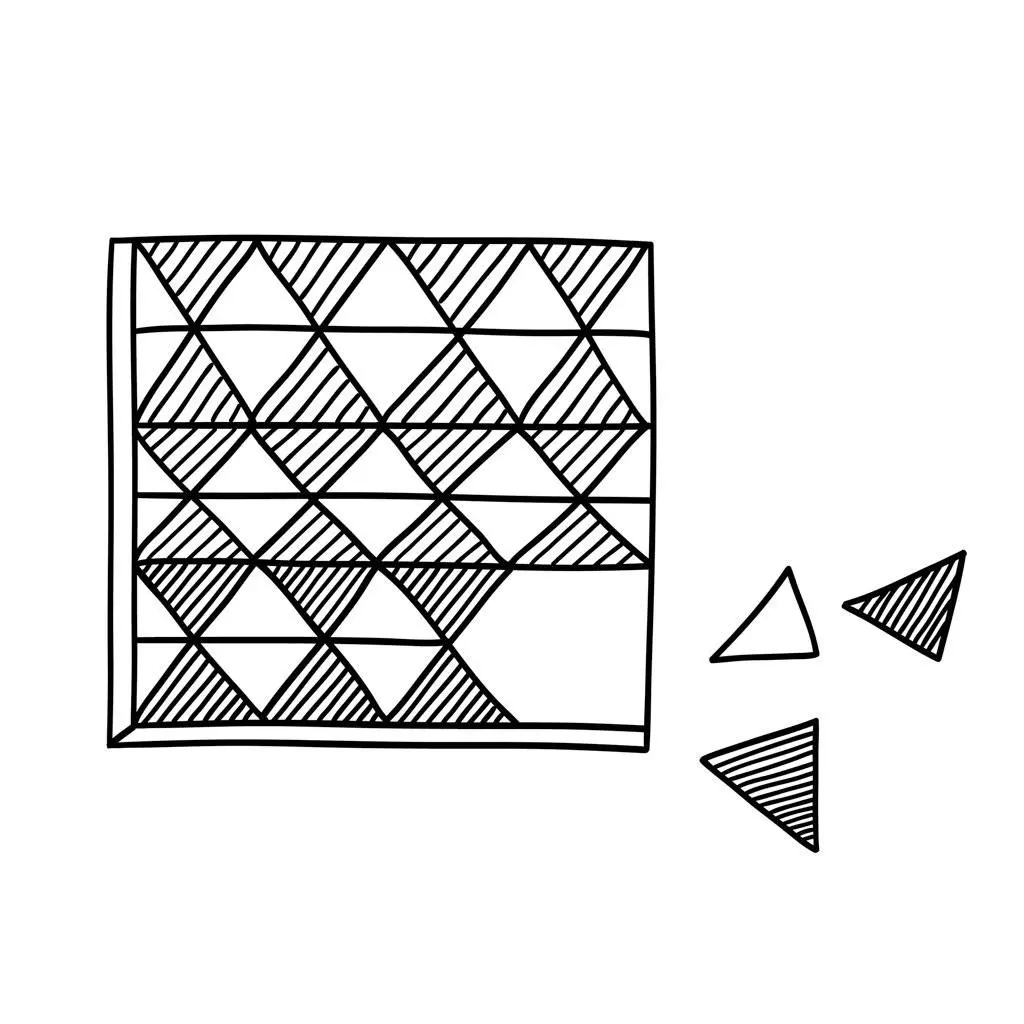Setting goals, winning and losing, taking turns, counting, and sharing are just some of the great skills a board game can encourage. And making your own game, as well as playing it, means double the fun. Creating a personalised board game is an excellent way to bond with your preschooler while fostering their creativity and critical thinking skills.
Choosing a theme: reflect your child’s interests
Your board game can be based on anything you like. A favourite character or story is always good – it could be Little Red Riding Hood making her way to Grandma’s cottage or the three little pigs being chased around the board by the big bad wolf. It could be something entirely of your own imagining. The important thing is it reflects your child’s interests at the time.
Create a simple board
First, make your board. For the youngest children, leave the boxes blank and keep it to a maximum of 20 spaces. Older children can use a numbered board with up to 40 spaces. For five-year-olds and over, you could experiment with different number sequences, such as counting in twos or 10s. Keep the fundamental concept simple – e.g., the first person past the finish line or to collect all the items – you can always make it more complex later on.
Examples of easy-to-make board games
- Colour Race: Create a simple path with different coloured spaces. Each player chooses a small object as their game piece. Use a spinner or cards with matching colours to determine how many spaces a player moves. The first player to reach the end wins.
- Treasure Hunt: Draw a grid with various items (e.g., coins, jewels, keys) scattered across it. Players take turns rolling a die and moving their game piece accordingly. The goal is to collect a specific set of items or reach a predetermined number of points.
- Animal Adventure: Incorporate your child’s favourite animals into a board game. Create a path through a jungle, farm, or ocean, and include spaces with animal images or names. Players move their pieces based on a spinner or die and follow instructions related to each animal (e.g., “Hop like a frog to the next green space” or “Swim like a fish to the next blue space”).
Alphabet lotto
Lotto is one of the best games to play with a pre-schooler. It encourages attention, teaches turn-taking and improves visual discrimination. It’s also a great way to reinforce learning, as new knowledge is more easily memorised during play. Letter sounds, colours, objects, words, numbers and more all come into a game of lotto.
To play Alphabet Lotto
1. Draw your boards and pictures. Cards can be an exact match of the images on the board or they can be related, for example the letter ‘a’ on the board and a picture of an apple on the card, or a ‘5’ on the board and five stars on the card. An exact match is easier and more appropriate for younger players.
2. Print out the pictures – they don’t have to be photo quality. You’ll need two copies of each board: one as the game board and another to cut up and make the cards (for a four-player game this means four sets of two, with each set containing different pictures.) Laminate the pieces or cover them in clear plastic for greater durability.
3. Give it a go and try a few variations, too. Once you see how versatile lotto can be you’ll keep finding new ways to play it!
Choosing the right game mechanism: die, spinner, or cards
You can use a die (one is best for young children, two for more capable mathematicians), or make a spinner, using a piece of card and a cardboard arrow connected with a paper fastener. Spinners allow you to change the moves you can make in the game. E.g., 1,2,3,4,5,6 or 2,4,6,2,4,6 or even +1, +2, +3, -1, -2, -3. You can even use pictures or colours, each one meaning a different thing. You simply have to agree that if the spinner stops on the wolf, for example, that means move back two spaces, or ‘Game Over’, etc. Possibilities are endless with a spinner.
Another option is to use cards with numbers or instructions on them. This allows for even more customization and introduces an element of surprise to the game. For instance, cards could say, “Move ahead 3 spaces,” “Switch places with another player,” or “Lose a turn.”
Outdoor and super-sized variations: taking the fun outside
You can also make an outdoor version on the patio, using chalk. Or a super-sized one, again with chalk, that you walk through yourself, rather than using pieces. The spaces have to be big enough to fit a person, like a hopscotch grid. This not only adds a physical element to the game but also allows for more players and turns it into a group activity.
Final word
Making your own board game is a great way to fill an afternoon. But it’s also perfect for honing many of the early years skills children will need when they start school.
And, best of all, you’ll have a game you can enjoy together for years to come.
Are you ready for school?
Do you have a preschooler? Would you like them to develop some key skills before starting school? How wonderful to go into school on that first day feeling like you belong.
Get Set Five is a year-long course full of fun and free activities to do with your child.




